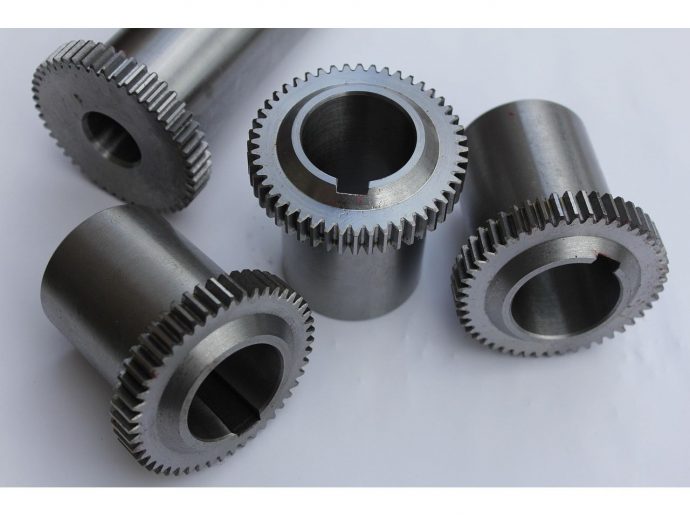Categories more
- Adventures (17)
- Arts / Collectables (15)
- Automotive (37)
- Aviation (11)
- Bath, Body, & Health (77)
- Children (6)
- Cigars / Spirits (32)
- Cuisine (16)
- Design/Architecture (22)
- Electronics (13)
- Entertainment (4)
- Event Planning (5)
- Fashion (46)
- Finance (9)
- Gifts / Misc (6)
- Home Decor (45)
- Jewelry (41)
- Pets (3)
- Philanthropy (1)
- Real Estate (16)
- Services (23)
- Sports / Golf (14)
- Vacation / Travel (60)
- Watches / Pens (15)
- Wines / Vines (24)
- Yachting / Boating (17)
CNC Machinery That Produces Consistent, High-Quality Results
Published
08/21/2025Precision and dependability aren't just nice to have in production these days; they're necessary to stay ahead. CNC machines are now the best way to make parts that fit exact specs and keep production running smoothly. This article will teach you how to use and maintain your tools to get the most out of them.
How CNC Technology Achieves Accuracy
CNC machines move tools and place materials by following written directions that are stored in memory. With this, there is no need to guess when working by hand, so the parts are always made exactly how the plan says they should be.
Automating the process reduces human errors and upholds stringent standards. In fields like aerospace, automobile, and medical manufacturing, where even the smallest error can lead to big issues, this level of accuracy is crucial.
Choosing the Right CNC Machine
No matter what kind of things you'll be working with or how fast you need to cut, the machine you choose should meet your needs. Buying excellent CNC equipment will make it more stable, less likely to break down, and less in need of upkeep over time.
It is impossible to generalise about machines. If you know how much you want to make, you can choose a model that works well without spending too much on features you won't use.
What Affects Consistency
There are several factors determining how well cnc machines keep their quality over time. First, the stronger and stiffer the frame, the less shaking will occur. Also, the better the parts and the more precise the drive system, the better the machine will continue producing the same results.
For example, machines with high-quality ball screws, linear guides, and servo motors tend to last longer, as do more expensive machines. These machines should also be set up in a clean, controlled environment to avoid dust, temperature changes, and vibration from other machines affecting accuracy.
The Importance of Software and Programming
The bottom line of any machine tool of CNC standard, no matter how cutting-edge, is the value of the programme. Within the programme, operators can control the feed rate, path of the tools, and the RPM.
Good programmes facilitate the full utilisation of skills and the diagnosis of errors before they lead to rejects. Here, it’s necessary to emphasise the importance of both employing good software to programme tools and the cost of the training necessary to programme them correctly.
Maintaining Quality Over Time
Lubrication, alignment, and component replacement could have prevented costly repairs for small failures.
A scheduled maintenance programme helps avoid unplanned downtime; these planned downtimes are crucial for any peak in the production schedule.
As a result, by treating maintenance as part of the day-to-day workflow, you are safeguarding your investment and maintaining a consistent output.
Balancing Efficiency and Quality
At the same time, the machine's accelerated wear can be influenced by its full load, leading to a decrease not only in service life but also in accuracy. Optimal performance will help meet production needs and keep the scatter of judgments to the lowest.
Planning small-batch production, selecting equipment based on available payment for work, and optimising changeovers contribute to reducing lead times and improving quality characteristics.
Setting Yourself Up for Success
CNC machines can meet the precision and reproducibility levels that modern manufacturing requires. It is vital to ensure that the machines are adequately installed, the programming is done with utmost care, and the tools are maintained at all times.
By choosing the right machines, adequately training your rated workers, and servicing your machines as needed, you will always be confident that you stay ahead of the competition.















